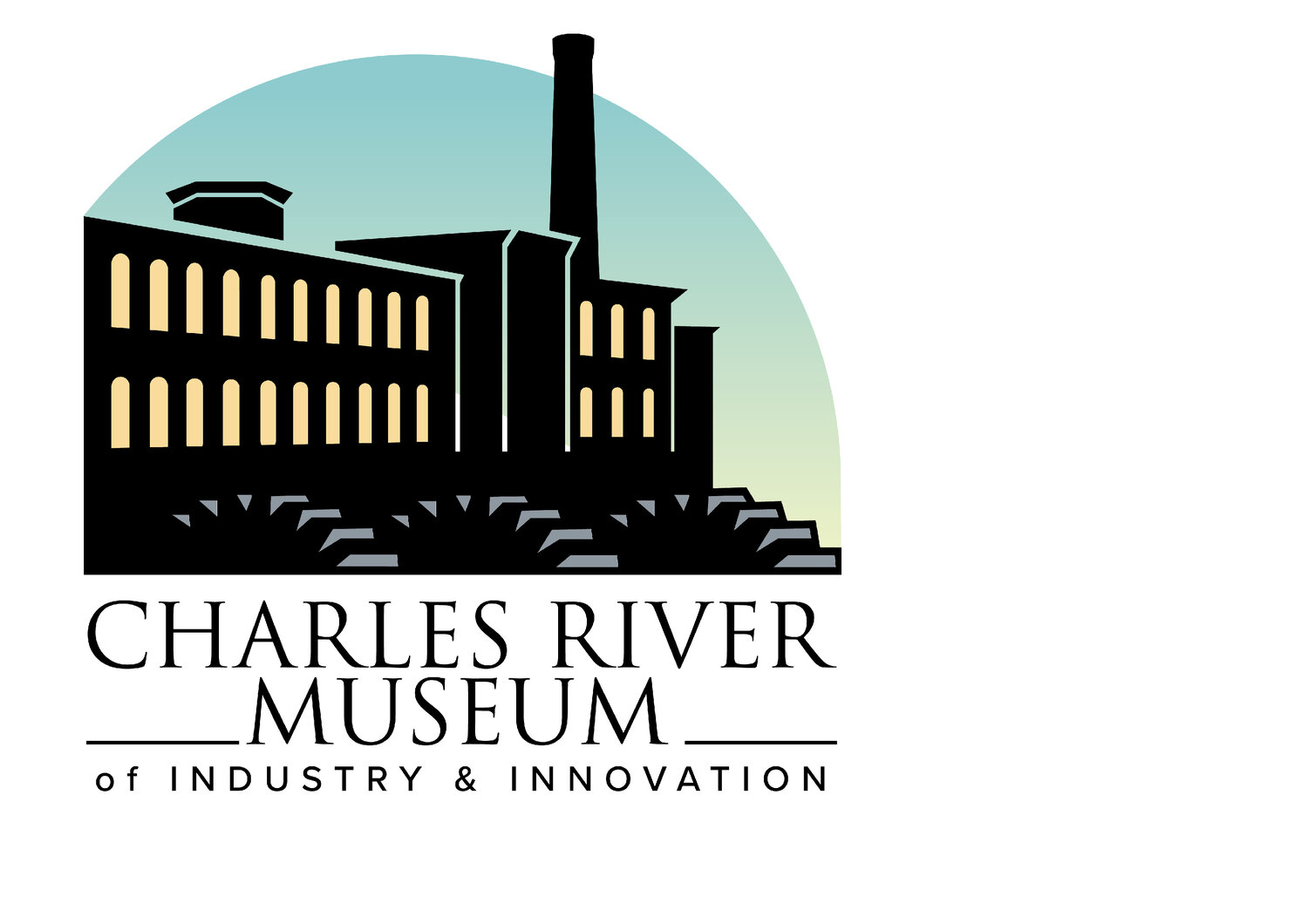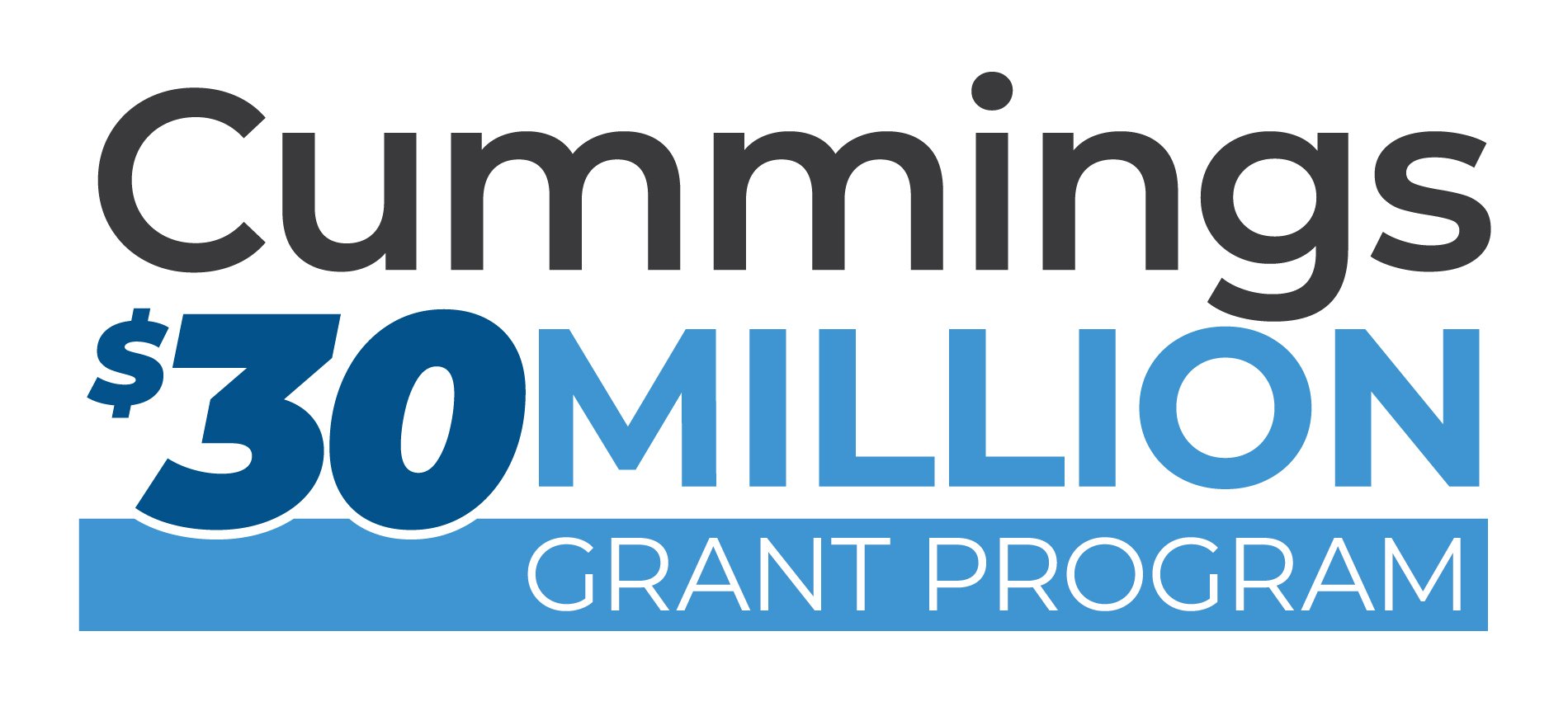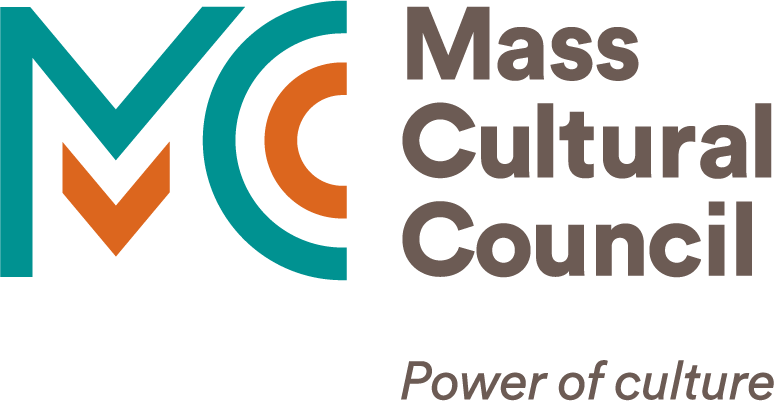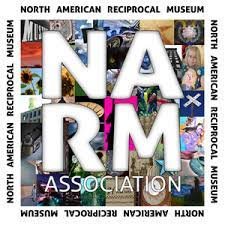Metz Letters Project Guidelines
Transcribing documents
Best practices
guidelines, advice, and tips
When transcribing handwritten and typewritten primary source documents for archiving in the library of the Charles River Museum, there are several critical points to be observed, as well as effective policies and advice which can aid you in your work. You are striving to create the best possible digital document for searchability, reference, and reliability.
Accuracy
(type what you see)
You are documenting the words of others. It is crucial to accurately preserve as much text as possible to make the document properly searchable.
Type words precisely as written in the document. This includes capitalization, abbreviations, names, dates, page numbers, and even misspelled words.
If there are words crossed out, include them as well, but note it with the bracketed note [crossed out] following each appropriate word.
Include punctuation exactly as noted in the document, even if it is incorrect.
With a handwritten document, do not concern yourself with fastidious duplication of the formatting (i.e., line breaks, paragraph breaks, etc.), especially if it interferes with the readability of the transcription.
PLEASE NOTE: Much of our documentation is uncollated and out of order. Part of this exercise is to attempt to correct this more easily. As a result, you will often need to duplicate page breaks. However, if it is evident that a page follows the preceding page in a scan, please do not concern yourself with replicating the page break.
See the section on FILE NAMING for further instructions.
Illegibility
(I can’t read that)
Often, especially with handwritten documents, there will be words that cannot be easily read. When encountering these, please indicate with the bracketed note [illegible]. If multiple words in a row are illegible due to staining or other issues, please note the number of words (if discernable): [3 illegible].
Words that may be missing due to damage, such as chunks missing from a document or typewritten text on a carbon copy that has run off the page due to misalignment, should be noted with the bracketed note [missing].
See the section on NOTATIONS for further instructions.
Notations
(this is odd…)
If there is anything observed in the document which may deserve special attention or documentation, please describe it as best as possible in a bracketed note, i.e. [drawn diagram] or [signature], with a notation within the bracket of what the diagram depicts or whose signature it may be.
If there is an abbreviated or misspelled word that you believe would be an important search term and for which you can make an educated guess, include that in a bracketed note. Often, names, when repeatedly used in a handwritten text, will be written entirely in the first mention and then only by an initial or initials after that. In such cases, when the intended word/name is obvious, please indicate it fully in a bracketed note (i.e., “…spoke again with M. [Metz]…”).
Use your best judgment when deciding whether a adding a notation is in order.
Don’t Overextend Yourself
(know when to call it a day)
Transcribing can be tedious, tiresome, and frustrating. But every bit helps. Take your time. Please don’t rush. Take breaks to clear your head and to help prevent inaccuracies.
Save your work often!
Nothing is more disheartening than losing hours of effort to simple, avoidable mistakes or to technical issues.
File naming
For the most part, you will be working from PDF scans of our documents. Each PDF has a unique file name that corresponds to the documents scanned and where kept or grouped. Please duplicate the entire filename but saving as a .docx file (.docx suffix included to prevent writing over the original reference file, i.e., “Fldr1 CFM to RAP.pdf” will have its transcription saved as “Fldr1 CFM to RAP.docx).
Save the transcription file into the same folder as its corresponding reference file.
Summary
Your efforts to transcribe these documents will help clarify and inform the research done at the museum and provide an insight into history, which can be more easily shared publicly. Be assured that, by assisting in this, you will be a great asset to our efforts at the Charles River Museum.
Be accurate
Copy what you see
Note anything unusual
Do as much as you can
Save often
adapted from the “Transcription Tips” of the National Archives










